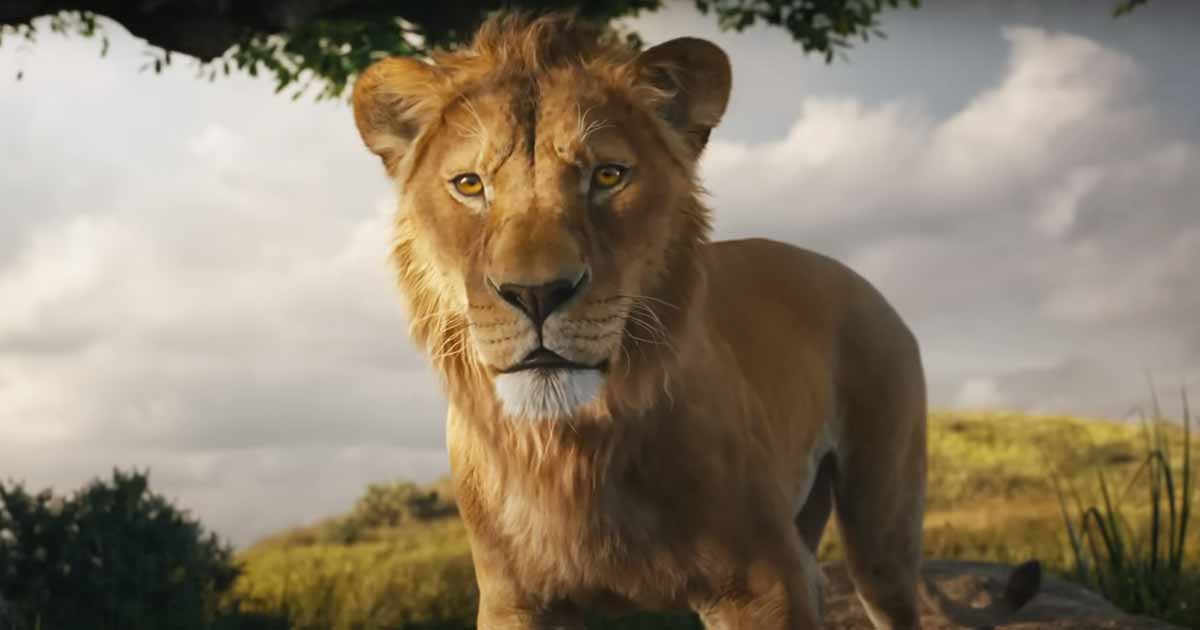Cataract Canyon doesn’t have the scale or reputation of its sister gorge, the Grand Canyon, but this sky-reaching ravine should top any river trip list.
Remote and little-known, you’ll likely only share the water with a passing canoe at the junction of the Green and Colorado rivers, the latter of which starts in its namesake’s Never Summer Mountains.
Otherwise known as the “Center of the Universe,” the confluence is the largest in the Southwest. As the climate shifts, historic rapids resurface summer after summer, making for an even more interesting ride.
This 94-mile labyrinth of the Colorado River cuts through the heart of Canyonlands National Park in southeast Utah, on the periphery of Moab.
Four districts comprise Canyonlands: Island in the Sky, The Needles, The Maze, and the rivers that carved those chasms. At the confluence, you can see all three sections simultaneously. The CFS of the Colorado River also takes a hike when it joins with the Green.
The rolling water transports travelers through the park’s 300-million-year-old rock walls, which are impassable by foot.
The river ride delivers smooth, floatable stretches intermixed with rowdy Class III-IV whitewater. Off the boat, there are likable Ancestral Puebloan sites with 11,000-year-old petroglyphs and granaries–including the rock art site at Lathrop Canyon in the Needles district, which sits across from Island in the Sky—and pearly sand beaches below 1,500-foot-high cliffs.
Whitewater Rapids: Reemerging in Cataract Canyon
Four variables cause whitewater rapids: elevation change, water volume, obstacles like sediment, and the widening or pinching of the river’s width.
Before the 1966 completion of Glen Canyon Dam, this ribbon of whitewater boasted 70 significant rapids, which dwindled to half that number due to sediment buildup.
In a form of self-restoration, those rapids are now resurfacing year-over-year as water levels decline and Lake Powell recedes.
The result is an exciting ride, as most knowledgeable boaters and guides will happily steer through another new, natural rapid, especially one that hasn’t seen daylight in nearly 60 years.
The ambient temperatures are warm enough to sleep directly under the night sky, allowing adventurers to witness prolific views of the Milky Way, constellations, and shooting stars within the International Dark Sky Park, a designation Canyonlands National Park holds.
As the historic rapids re-emerge season after season — which certainly adds river-running excitement — those rapids also help connect paddlers in a tangible way to the complex questions regarding the sediment management of Lake Powell, which federal policymakers currently face.
Over the past two years, the Glen Canyon Institute has been documenting the resurgence of rapids and shifting rivers via the Returning Rapids Project. The most recent report was released in August 2023. It includes archival images and ongoing time lapses, which are exciting to witness in person.
The most fully returned rapid at this time is Water Hole, above Gypsum and Mile 196.9, which is also re-emerging — I had a chance to run it.
This whitewater escapade is one way to witness the zone’s shifting sediment, mud glaciers, and mud blobs, which is gaining national attention. Even the Bureau of Reclamation recently published a report on dam management challenges alongside the Glen Canyon Institute’s proposal to drain Lake Powell.

Unparalleled solitude
A million visitors experience Canyonlands National Park every year, and more than 3 million explore Glen Canyon National Recreation Area during that time, but on our 6-day adventure down Cataract Canyon, we saw only two other boats, including a two-person canoe.
Professional river guide Adam Walck, who is a trip leader for OARS, has been guiding the Cataract Canyon stretch for five years.
He’s been a river guide for nearly a decade. That inaugural run was quite memorable: “The river spiked up to 50,000 CFS, and it was just truly outrageous. I had some of the best lines of my life and it was a wonderful introductory time,” said Walck — and he’s been hooked ever since.
“The lack of density is what makes Cataract special: It’s a section of a world class river that receives so little attention, due mostly to the flat water up top and down below and what is buried by the sediment that we’re sitting in,” explained Walck.
Compared to Idaho’s Main and Middle Fork of the Salmon, where Walck has also guided, he’d typically see eight daily launches: four commercial, four private.
“Down here, there are so few people doing this — and it’s just stunning and so well managed. You really get that truly wild experience through a national park.”

When and how to go
While you could wait years in the lottery system for a fair-weather permit to float the Colorado River down the Grand Canyon, river permits for Cataract Canyon are still available over-the-counter, in person, and online, so pick your prime window or sign up for a guided trip.
The campsites are first come, first served.
Aside from 14 miles of fierce rapids, the remaining miles of flatwater provide a mellow motor-assisted cruise. On the flotilla, you can connect with family and friends, swim, and take side hikes.
The result was a rejuvenating combo for all ages, including 85-year-old Charlie, who joined our 22-person guided OARS trip as a solo traveler.
The best time for friends and family to raft this zone is July through August, unless rafters prefer the higher spring runoff (and rowdier rapids) of May and June.
Each beach camp we chose was spectacular, soft, and surrounded by a natural citadel. I rafted Cataract Canyon in August and was graced with day temperatures in the 90s and nighttime temps in the 60s, as well as one of the most memorable Perseus meteor shower streaks I’ve ever witnessed.
Camps
One: Mile 31 – Muscle Man Camp
Two: Mile 14 – Corner Pocket Camp
Three: Mile 0 – Confluence Camp
Four: Mile 202.5 – Kolb Camp (between Big Drop 2 and 3 — in the middle of the big rapids)
Five: Mile 192 – Clearwater Camp







